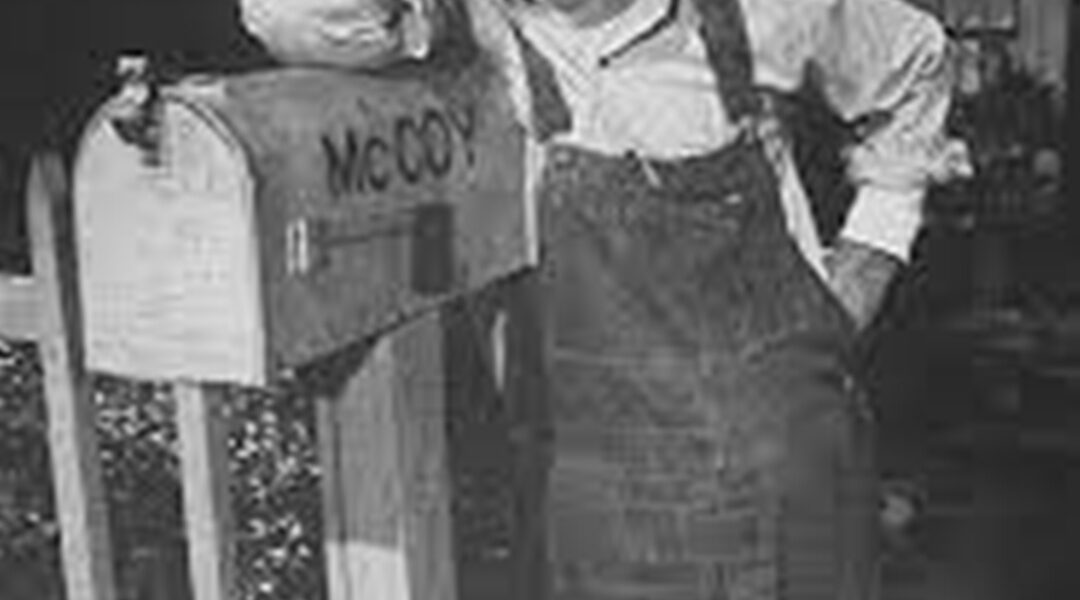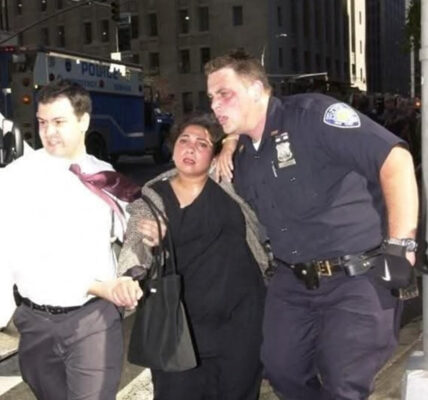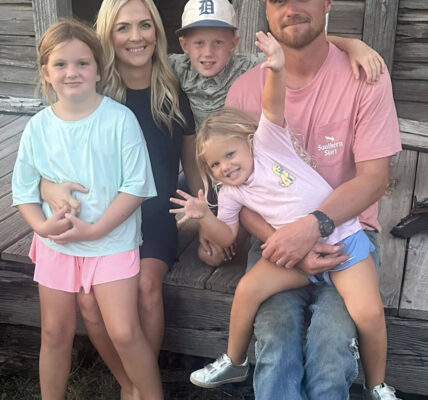When The Real McCoys first aired in 1957, television was still finding its footing as a cultural force in American life. The post-war years had brought an explosion of new programs, many of them centered on glamorous city life or idealized suburban neighborhoods. But into that landscape came something different—a show about a family of West Virginia farmers adjusting to a new life in California. It was simple, homespun, and surprisingly powerful.

From the very beginning, audiences were drawn to the McCoy family. They weren’t wealthy or polished. They weren’t trying to be fashionable or sophisticated. They were everyday people, with everyday struggles, delivered through humor and warmth. The show’s appeal lay in its combination of rural comedy and heartfelt family values, a mixture that set it apart from many of its contemporaries.
At the center of it all was Grandpa Amos McCoy, played with brilliance by Walter Brennan. Brennan, already an acclaimed actor and three-time Academy Award winner, infused Grandpa Amos with grit, charm, and no-nonsense wisdom. Amos McCoy wasn’t perfect—he could be stubborn and opinionated—but he carried a sense of integrity that resonated with viewers. He reminded audiences of a vanishing generation: hardworking, deeply rooted in tradition, yet always ready with a laugh or a sharp quip.
For many fans, Grandpa’s words became the heartbeat of the series. His advice was grounded in common sense, often delivered with humor, and always laced with love for his family. He embodied a kind of moral compass at a time when American society was rapidly changing. In a world of shifting values and cultural upheaval, Grandpa McCoy represented stability.
The Real McCoys was also significant for its storylines. It explored the challenges of rural families moving into a modernizing America, offering a comedic but thoughtful look at the clash between rural traditions and urban influences. The McCoys’ misadventures—whether on the farm, in the community, or within their own household—always circled back to themes of family, honesty, and perseverance.
The show’s success was a big win for ABC. In the late 1950s, the network was struggling to catch up to rivals CBS and NBC, which dominated prime-time programming. The Real McCoys helped change that. Its strong ratings boosted ABC’s reputation, proving that audiences had a hunger for down-to-earth stories that reflected their own lives and values.
Over the course of its six-year run, from 1957 to 1963, the sitcom carved out a loyal fan base. For many, watching the McCoys felt like spending time with family—laughing at Grandpa’s stubbornness, cheering on the younger characters, and learning small but meaningful lessons along the way.
Though television has evolved dramatically since then, the legacy of The Real McCoys endures. It helped pave the way for other rural-themed sitcoms like The Beverly Hillbillies, Green Acres, and Petticoat Junction, which would dominate the airwaves in the 1960s. More importantly, it reminded audiences of something timeless: that humor, honesty, and love of family are qualities that never go out of style.
In a time when America was looking for stories that reflected both tradition and change, The Real McCoys struck the perfect balance. It was more than a sitcom—it was a portrait of a family, and in many ways, a portrait of America itself.




